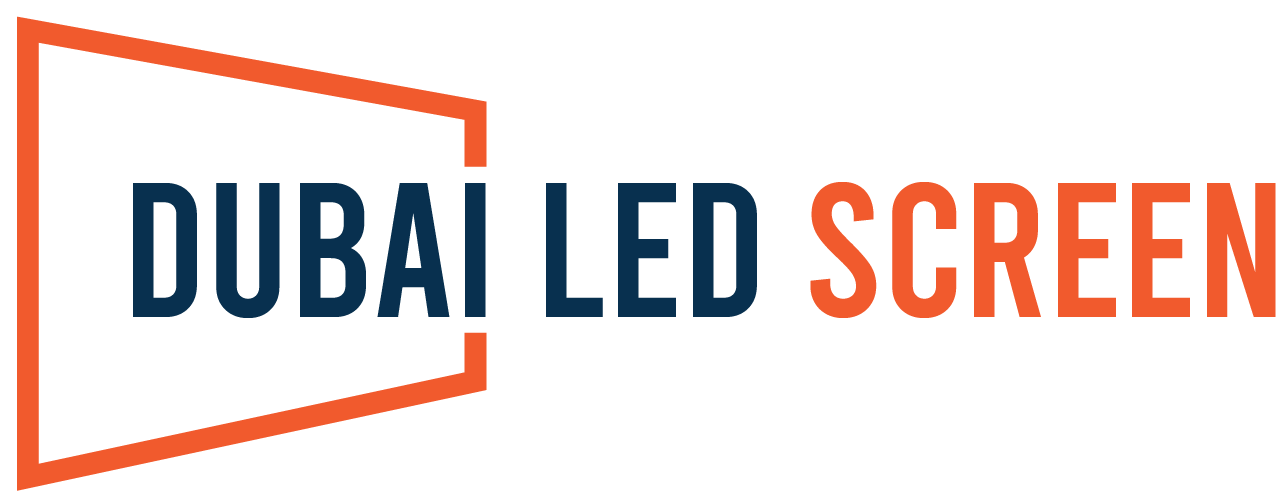In the ever-evolving realm of LED display technologies, Micro LED in Package (MIP) and Chip-on-Board (COB) are emerging as transformative forces, each presenting unique features and applications.
Understanding MIP (Micro LED in Package)
MIP, fundamentally, is a chip-level packaging technology. The process involves the transfer of Micro LED chips to a carrier board using mass transfer technology. Subsequently, the chips undergo packaging, cutting into smaller packages, splitting, mixing BIN, and taping. The resultant MIP package is then integrated into the traditional Surface Mount Technology (SMT) process, forming a display module. This module can support additional screen coatings, such as the Glass on Board (GOB) process.
Differing from technologies like COB and IMD (Integrated Module Design), which package multiple chips, MIP’s foundational structure includes only one complete pixel.
Delving into COB (Chip-on-Board)
COB, in contrast, is a novel lamp packaging method for LED display production. In this method, the bare chip adheres to the PCB using conductive or non-conductive glue. It is then electrically connected, encapsulated, and leads are added with adhesive. This innovative method bypasses the traditional SMT process for module creation, simplifying LED display production. COB offers various advantages:
Low power consumption and long lifespan: Effective heat dissipation results in lower power consumption and increased longevity.
Integrated module design: It eliminates multiple processes and components required by traditional SMD-packaged LED screens, reducing installation space and weight.
Finer pitch and larger angle: COB allows for a smaller pixel pitch, providing deeper contrast and more delicate color.
Advantages of COB Technology
Low power consumption and long lifespan:
COB displays showcase strong heat dissipation, low power consumption, and an extended lifespan due to direct heat dissipation through the PCB board.
Integrated module design:
Design integration reduces the need for traditional module SMT processes, streamlining installation and maintenance.
Finer pitch, larger angle, deeper contrast, more delicate color:
COB’s surface light source, with no physical barrier between light-emitting chips, achieves a smaller pitch below P1.0, resulting in a clearer image and richer color.
The Rise of MIP: Addressing Limitations
MIP technology has surfaced to tackle the limitations of existing technologies, particularly in the realm of large-size LED direct-view display products. While SMD (Surface Mount Diode) technology covers applications above P1.0mm, it faces challenges in LED diode vulnerability and reliability, especially for P1.0 or smaller pitches. IMD offers a compromise, covering P0.4~P0.9mm with enhanced anti-collision ability and reliability, but its all-in-one packaging structure limits pitch flexibility.
Challenges and Advancements in COB
As of 2023, COB confronts challenges such as single-lamp repair difficulty, color consistency issues, and higher manufacturing costs. The larger-scale packaging process requires stringent testing, affecting both the pass rate and the finished product’s reliability. Despite these challenges, the maturity of COB technology is evident in its significant advantages, including a shorter production chain, cost efficiency, and positioning as a mid-to-high-end solution.
The Unique Strengths of MIP
MIP stands out in several aspects:
Single-pixel package COB:
MIP combines COB’s reliability with the flexibility of an independent chip, offering a unique advantage in the micro era.
High compatibility and versatile production:
MIP’s compatibility with traditional SMT processes ensures seamless integration into LED display manufacturing, making it an accessible technology for smaller businesses.
One package for multiple pitches:
Unlike IMD, which is pitch-restricted, MIP’s versatility allows one package to serve multiple pixel pitches.
Good consistency and easier testing:
MIP devices excel in color consistency, with easier testing and post-maintenance compared to COB.
Future Prospects and Considerations
COB’s Continued Evolution:
COB technology is maturing, addressing initial challenges. Its cost advantage becomes more evident with smaller pixel pitches.
MIP’s Niche and Potential Challenges:
MIP’s unique advantages make it a go-to for specific applications. However, its long-term competitiveness might be challenged as COB technology advances.
Market Dynamics and Technological Progress:
The competition between MIP and COB extends beyond current conditions, evolving with ongoing technological progress. MIP’s current advantages may diminish if COB makes breakthroughs.
Conclusion: Navigating the LED Display Future
The dynamic landscape of LED display technologies presents a myriad of possibilities. COB and MIP, each with its distinct strengths, cater to diverse needs in the market. While COB solidifies its position as a mid-to-high-end solution, MIP offers flexibility and compatibility, carving a niche for itself. As the LED display industry continues to evolve, the interplay between these technologies will shape the future of visual displays, providing innovative solutions for varying applications and preferences.
